Is this little thing really a bee?
grubby_AZ Tucson Z9
9 years ago
Featured Answer
Sort by:Oldest
Comments (12)
grubby_AZ Tucson Z9
9 years agojean001a
9 years agomacropis
9 years agotheitaliangardenonyoutube
8 years agolast modified: 8 years agoSedonia Sipes
8 years agodocmom_gw
8 years agoSedonia Sipes
8 years agodocmom_gw
8 years agoKonrad..just outside of Edmonton Alberta
8 years agoSedonia Sipes
8 years agoBee Dude
8 years agolast modified: 8 years ago
Related Stories

GARDENING FOR BUTTERFLIESGardening for the Bees, and Why It’s a Good Thing
When you discover how hard bees work for our food supply, you may never garden without them in mind again
Full Story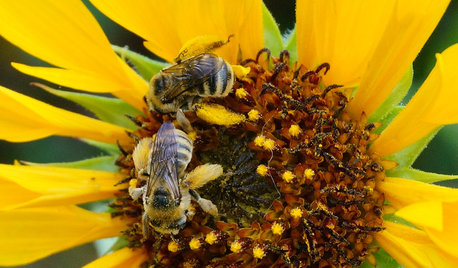
EARTH DAY12 Entertaining ‘Bee-haviors’ of Native Bees
The parade of pollinator antics is another reason to create a garden that nurtures native bees
Full Story
DECORATING GUIDESHoneycomb Shapes Are the Bee’s Knees
The hexagon is everywhere in nature — in honeycombs, tortoiseshells, snowflakes. Why not replicate it in home design?
Full Story
GARDENING GUIDESInvite Cellophane Bees to Your Garden by Providing Patches of Bare Soil
Look for cellophane bees (Colletes) pollinating flowering trees and shrubs in U.S. gardens this spring
Full Story
SHOP HOUZZShop Houzz: Get the Buzz on the Bee Motif
Inject a bee-dazzling energy into your rooms with bees, honeycombs and hive motifs
Full Story
GARDENING GUIDESInvite Mining Bees to Your Garden by Planting Their Favorite Plants
Look for mining bees (Andrena) pollinating woodland wildflowers in U.S. gardens this spring
Full Story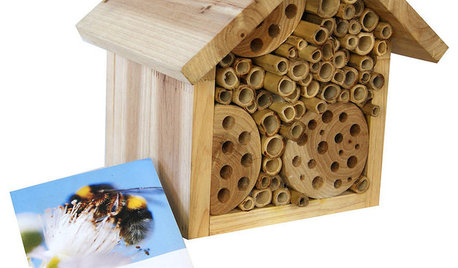
PRODUCT PICKSGuest Picks: 20 Ways to Play Garden Host to Birds and Bees
Perch some of these houses and feeders around your garden, and watch pollinators and feathered friends flock in
Full Story
EARTH DAYHow to Design a Garden for Native Bees
Create a garden that not only looks beautiful but also nurtures native bees — and helps other wildlife in the process
Full Story
GARDENING GUIDESSmall Carpenter Bees Are Looking for a Home in Your Plant Stems
Provide flowers and nesting sites in your garden for this beautiful, tiny, metallic blue wild bee — your plants will thank you
Full Story





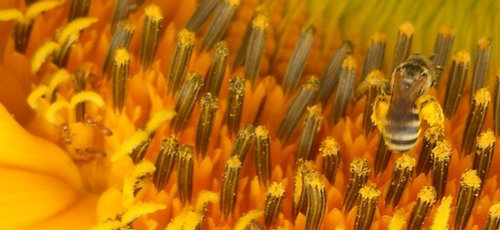
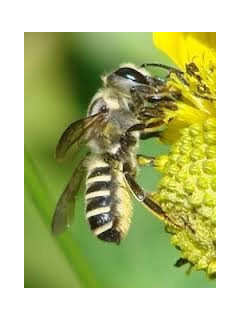
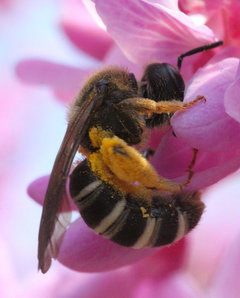

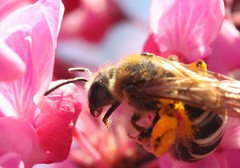

rhizo_1 (North AL) zone 7